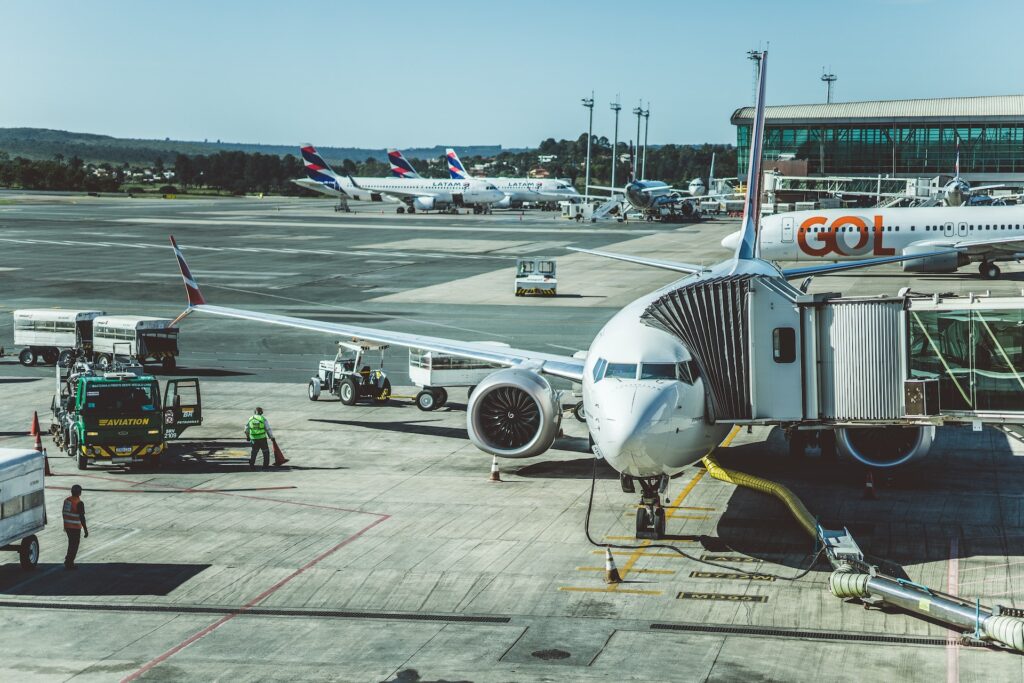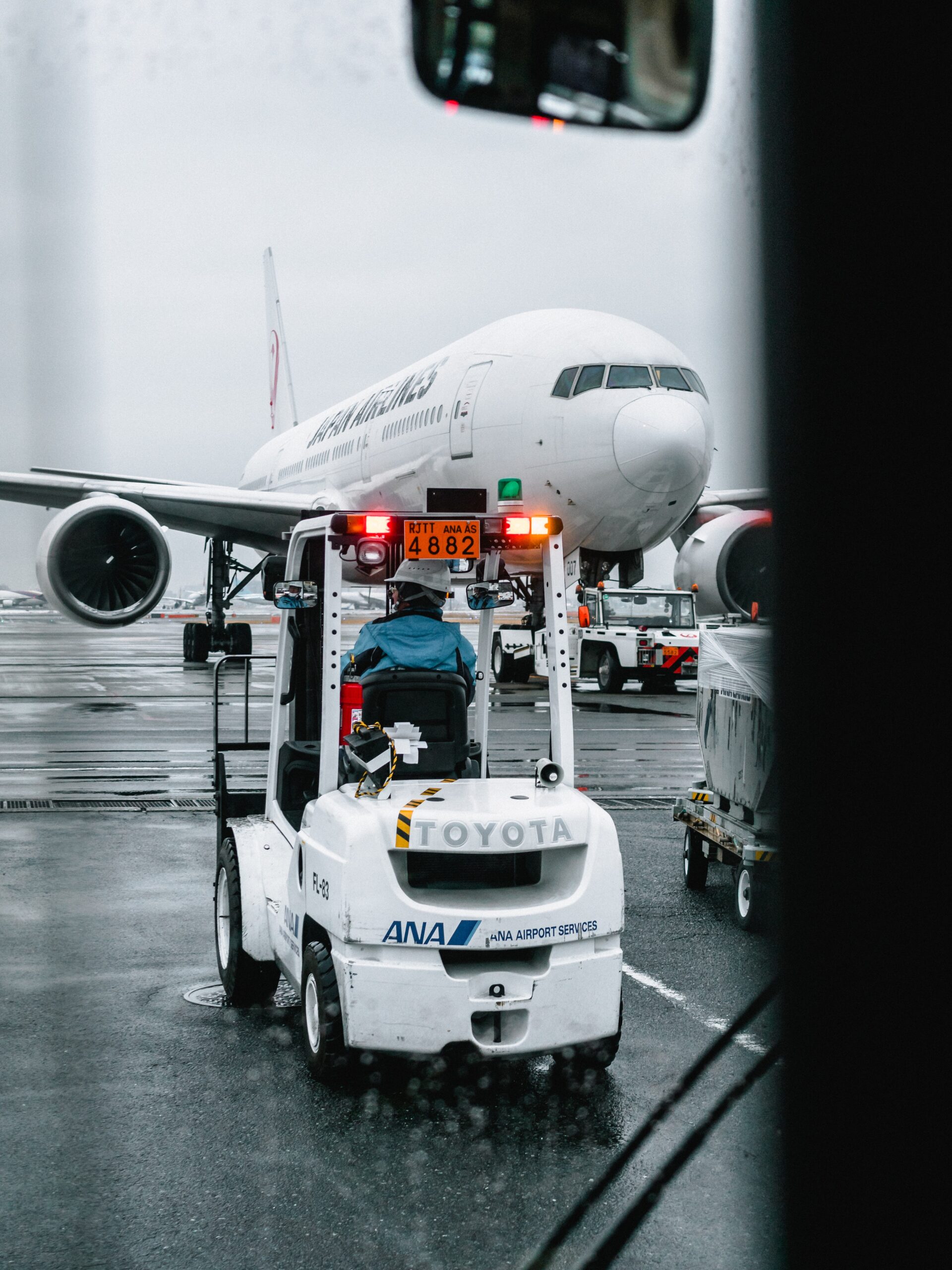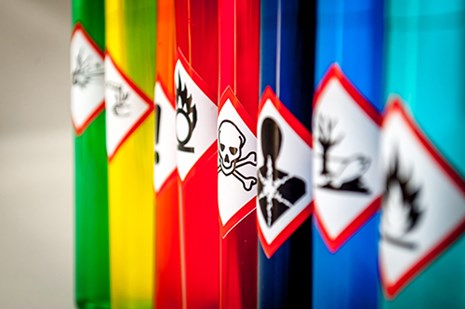Airside Safety: A Collaborative Effort for a Secure Environment
Introduction
Welcome to Butterfly Training, where we prioritise airside safety above all else. As an approved and award-winning training provider in the aviation industry, we firmly believe that ensuring the highest standards of airside safety requires a collaborative effort from all stakeholders involved. In this in-depth article, we will explore the shared responsibilities and collective commitment required to create a secure environment within airside areas. Our goal is to provide you with a comprehensive understanding of the multifaceted approach needed to excel in airside safety.

The Importance of Airside Safety
Airside safety encompasses a range of measures and practices designed to mitigate risks and maintain a safe operating environment within airports. It is crucial for the protection of passengers, personnel, and valuable assets like aircraft. Understanding the significance of airside safety enables us to appreciate the need for a coordinated approach among various stakeholders.
Collaborative Responsibility for Airside Safety
The responsibility for airside safety is distributed among key stakeholders who work together to ensure a cohesive and secure operational environment. Let’s explore the roles and responsibilities of these stakeholders:
1. Airport Authorities
Airport authorities play a pivotal role in establishing and enforcing airside safety regulations. Their responsibilities include:
- Regulatory Compliance: Developing and implementing comprehensive safety policies and procedures aligned with national and international standards.
- Infrastructure Management: Ensuring that airside infrastructure, such as runways, taxiways, and aprons, meet the safety requirements and undergo regular inspections and maintenance.
- Emergency Preparedness: Formulating emergency response plans, conducting drills, and coordinating with relevant on-site and external agencies to ensure a swift and effective response to potential incidents.
2. Air Traffic Control (ATC)
Air Traffic Control serves as the central coordination hub for airside activities. Their responsibilities encompass:
- Safe Aircraft Movement: Monitoring and directing the movement of aircraft on the ground, including taxiing, takeoff, and landing, to prevent collisions and maintain efficient operations.
- Communication and Navigation: Providing clear and concise instructions to pilots and relaying critical information, such as weather updates and runway conditions, to ensure safe operations.
- Incident Management: Coordinating responses to emergencies, such as aircraft malfunctions or runway incursions, and liaising with other stakeholders to ensure a swift and coordinated resolution.
3. Ground Handling Services
Ground handling services are responsible for a wide range of tasks supporting airside operations. Their responsibilities include:
- Aircraft Marshalling: Guiding aircraft safely during ground movements using standardized hand signals and clear communication.
- Loading and Unloading: Ensuring the safe and efficient loading and unloading of baggage, cargo, and other supplies, following proper weight distribution and ULD/pallet securement procedures inside the aircraft hold.
- FOD Management: Implementing robust Foreign Object Debris (FOD) prevention programs to minimize the risk of FOD-related incidents, such as damage to aircraft engines.
4. Airlines and Flight Crew
Airlines and flight crew have a crucial role in maintaining airside safety through their adherence to regulations and best practices. Their responsibilities include:
- Compliance with Procedures: Following established safety procedures and protocols during all phases of flight, including pre-flight checks, taxiing, takeoff, and landing.
- Crew Resource Management: Practicing effective communication and teamwork among crew members to ensure a shared understanding of operational requirements and potential safety risks.
- Reporting Safety Concerns: Encouraging a culture of reporting safety incidents, hazards, and near-misses to facilitate continuous improvement and risk mitigation.
Synergistic Measures for Enhanced Airside Safety
Achieving excellence in airside safety requires collaborative efforts and the implementation of synergistic measures. Here are some key strategies and best practices that contribute to enhanced airside safety:
1. Robust Safety Training and Education
Investing in comprehensive safety training and education programs equip personnel with the knowledge and skills necessary to mitigate risks. Training should cover:
- Standard Operating Procedures: Ensuring all personnel are familiar with airside safety protocols, emergency procedures, and risk management techniques.
- Human Factors Awareness: Promoting awareness of human factors that can impact safety, such as fatigue, stress, and complacency, to foster a proactive safety culture.
- Continuous Learning: Encouraging ongoing professional development to stay updated with emerging safety trends, technology advancements, and regulatory changes.
2. Proactive Risk Assessment and Management
Conducting regular risk assessments is crucial for identifying potential hazards and implementing appropriate risk mitigation strategies. Key elements of proactive risk management include:
- Safety Reporting Systems: Establishing confidential reporting systems to encourage personnel to report safety concerns and near-miss incidents without fear of reprisal.
- Risk Identification and Analysis: Conducting comprehensive hazard identification and risk assessments to prioritize safety initiatives and allocate resources effectively.
- Safety Performance Monitoring: Implementing systems to monitor safety performance indicators, such as incident rates, and taking proactive measures to address emerging trends or areas of concern.
3. Technological Advancements and Innovations
Embracing technological advancements enhances airside safety by providing better situational awareness, communication capabilities, and incident response. Some examples include:
- Airside Surveillance Systems: Deploying advanced video surveillance, radar systems, and sensors to monitor airside activities, detect potential risks, and facilitate timely interventions.
- Mobile Applications and Digital Tools: Utilizing mobile apps and digital platforms to enhance communication, disseminate safety-related information, and conduct safety audits or inspections.
- Automation and Artificial Intelligence: Leveraging automation and AI-powered systems for predictive safety analytics, weather monitoring, and efficient air traffic flow management.
Conclusion
In conclusion, airside safety is a shared responsibility that demands the commitment and collaboration of all relevant stakeholders within the aviation industry. By recognising the significance of airside safety and implementing synergistic measures, we can create a secure environment that prioritises the well-being of all personnel and protects valuable assets. At Butterfly Training, we are steadfast in our commitment to excel in airside safety, continuously striving to surpass industry standards and ensure the highest level of operational excellence. Together, we can achieve a new standard of airside safety and foster a culture of continuous improvement for the benefit of all.
On our next blog we will discuss more innovative tools and training technology that we have developed to enhance Airside Safety training at airports around Europe.
Learn more
National bodies in the UK that provide valuable information and resources related to airside safety:
- Civil Aviation Authority (CAA) – The CAA is the UK’s aviation regulatory body and provides guidance on airside safety regulations, policies, and best practices.
- UK Airprox Board (UKAB) – The UKAB investigates and reports on air proximity incidents, providing valuable insights into potential safety hazards and recommendations for prevention.
- Health and Safety Executive (HSE) – The HSE offers guidance on health and safety regulations, including those specific to the aviation industry, ensuring a comprehensive approach to airside safety.
- British Airline Pilots’ Association (BALPA) – BALPA represents pilots in the UK and provides resources on aviation safety, including airside operations, pilot well-being, and human factors.
- Airport Operators Association (AOA) – The AOA represents UK airports and provides information on airside safety practices, industry standards, and collaborative initiatives for maintaining a secure environment.
Please note that these links are provided as references to reliable sources, and it’s always advisable to review the latest guidelines and regulations from the respective authorities for up-to-date information on airside safety in the UK.






